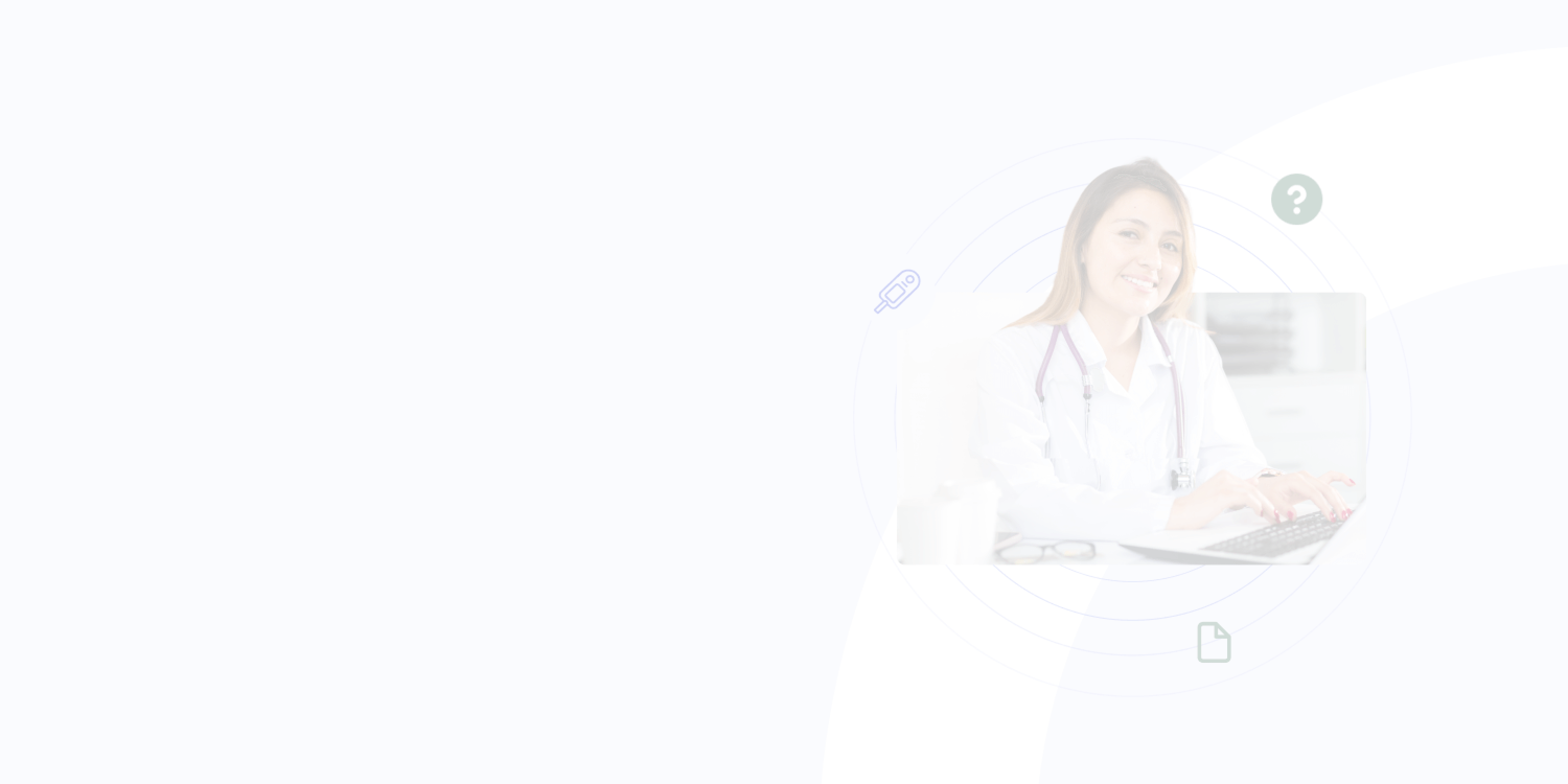Remote care programs enable physicians and medical practices to deliver continuous, connected care outside the four walls of their practice.
Patients use devices like blood pressure monitors, blood glucose monitors, weight scales, and more to measure their vital signs each day. The results are automatically synced into their provider’s software platform. But implementing a remote care program doesn’t come without its unique challenges.
Remote patient monitoring (RPM), which is typically used to monitor chronic conditions such as hypertension, atrial fibrillation, diabetes, prediabetes, chronic obstructive pulmonary disease (COPD) and asthma, provides physicians with real-time data on each patient’s health.
In a recent survey of physicians conducted by Optimize Health, we identified six top concerns physicians are faced with when launching a new remote care program for their patients:
- Complexity of technology for patients
- Staff resources
- Technology cost
- Internet connectivity
- Complexity of technology for staff
- Lack of patient interest
Fortunately, we have robust processes in place to help medical practices overcome these challenges with ease.
Patients, Technology & Internet Connectivity
Cellular RPM devices are easy to use, many with single push-button operation. To keep things simple for users, device readings are automatically transmitted to Optimize Health’s remote care platform. With cellular devices, no smartphone, computer, or high-speed internet connection is necessary.
In terms of patient eligibility, RPM, CCM, PCM, and other remote care programs are reimbursed by Medicare, and many commercial insurers are also now covering these programs, reducing or eliminating out-of-pocket costs for patients. Optimize Health’s eligibility verification service helps practices understand their potential payor mix and helps patients understand their financial obligations (if any).
Staff Resources
Offering daily monitoring to patients does require an investment of clinical resources to provide the best results. However, it doesn’t have to be your own practice’s clinical staff. Optimize Health offers monitoring services where our nurses become an extension of your practice staff, conducting patient monitoring, providing health coaching, and communicating with your RPM patients regularly while providing your team with daily updates on patient progress.
Optimize Health can also support your practice with remote onboarding services to help you identify potential RPM patients, verify their insurance eligibility, ship devices to patients, and conduct onboarding appointments.
Technology Cost
RPM and RTM are reimbursed as supplemental services and do not impede or interview with a practice’s ability to bill for office visits. RPM and RTM can also be billed in conjunction with CCM, so your practice can bill for the minutes that spent engaging with patients.
Complexity of Technology for Staff
Optimize Health’s remote care platform was built for clinical environments and allows clinical teams to understand which patients need help based on criticality and priority. In addition, our clinical staffing team can conduct monitoring on behalf of your practice, escalating critical readings based on your practice’s preferred clinical workflows.
Lack of Patient Interest
Practices choosing to monitor their patients through Optimize Health’s remote care platform can achieve better patient outcomes more quickly compared with patients who only receive treatment during office visits. In less than three months, hypertensive patients monitored through our platform achieved and 11-point reduction in their systolic blood pressure readings (starting BP of 140) and a 7-point reduction in diastolic blood pressure readings (starting BP of 80). In addition, patients with diabetes achieved a -2.4 reduction in their AC1 levels in just 4 months.
Not only are patient outcomes improved but remote care programs offer a level of convenience and flexibility that in-office visits simply cannot match. Our recent practitioner’s survey revealed that patients enjoy using remote care services and are keen to continue using them, with patient feedback suggesting that once they become accustomed to the technology, they become strong advocates for it:
- “Most, once accustomed to a new technology… really like it.”
- “They love it tremendously.”
- “They are very appreciative and welcome the monitoring.”
To find out why hundreds of medical practices trust Optimize Health RPM, request a demo today.
